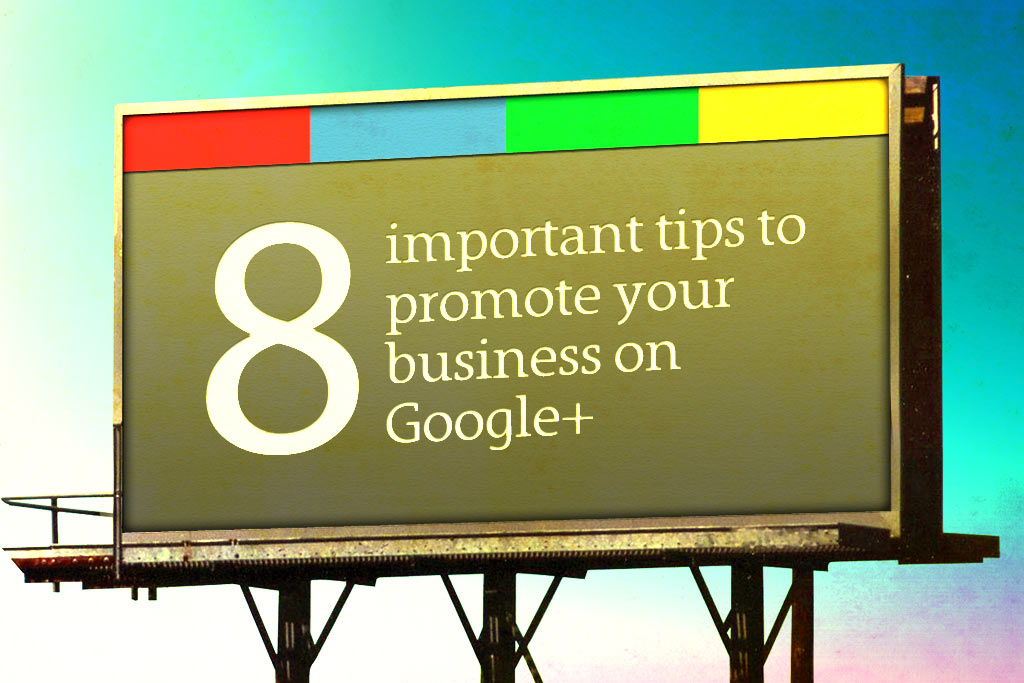The two biggest, most expensive mistakes brands are making when talking to their customers right now
The fallout from COVID-19 and the resulting lockdown has hit everyone hard. We’re now living in a new ‘normal’, with rules we’re all trying to figure out.
And no more so than businesses, who are being forced to rethink not just the way they deliver their services and create their products (if they are even able to) but how they communicate with their customers.
Carefully planned marketing strategies for 2020 have gone out of the window, and in their absence, brands are left scrabbling for clues on how to behave.
What should they say to customers? And should they even be marketing right now? As a result, many have reduced or even cut completely their marketing and social budgets, furloughed staff and resorted to waiting out the lockdown.
But is that the right approach? And what happens after lockdown? Things are unlikely to return to pre-pandemic normal for a long time – if ever.
In the short term, restrictions may begin to be eased, but the memory of what has happened will take a long time to go. And the reality is that we are all facing an uncertain future. We don’t know when things will return to ‘normal’ and it’s almost certain we’ll enter a period of significant recession.
So even if we are allowed to leave our homes and resume some kind of normal life in the next few weeks, ‘marketing as usual’ is unlikely to be on the agenda for a while.
Given this, how should brands be communicating right now? Or perhaps more pertinently, what should they NOT be doing? If you’re trying to work out your during and post-lockdown communications strategy, here are two very common, very expensive mistakes you need to avoid.
1) Not talking to your customers
In its truest essence, marketing is about relationships. About building mutually beneficial relationships between your brand and customers, suppliers and other businesses.
And in a healthy relationship people are there for each other, through thick and thin – not just the good times.
Right now, we’re collectively experiencing a ‘thin’ period. People are in lockdown. Some have lost their jobs and businesses. Others are furloughed or trying to cope with a new working reality. Many are worried – not just about money, but their health, the wellbeing of others and what the future looks like.
So what happens in a good relationship right now? We stay in touch. We reassure. We check people are okay. We offer comfort, advice, hope.
What we don’t do is disappear. Go silent. or ignore.
And yet that is what many brands are doing. Particularly brands in the sectors hardest hit by the lockdown, like travel.
We’ve seen travel brands, such as national hotel chains (with a normally hefty marketing budget) simply post a “this is awful, see you soon, stay safe” message on social media, then close up shop.
They’re not checking in with their customers. Reassuring them. Offering comfort, advice, hope.
It’s almost like they’ve said, “You’re only worth talking to when you’re buying from us. So right now, as you can’t buy from us, we’re not going to bother with you. We’ll save the money and furlough our marketing team. See you when you’re ready to buy again!”
This is an incredibly risky (and expensive) strategy. Because customers will remember the brands who WERE there in the bad times. The companies who – even if customers weren’t buying – were still talking to them.
And when the good times roll again, it’s these brands that customers will return to. The brands who mothballed their marketing campaigns and social media accounts will have a long journey to claw their way back into customers’ consciousness and good books.
This is evidenced in the differing experiences of Pizza Hut, Taco Bell and McDonald’s sales in the 1989-91 recession. While Pizza Hut and Taco Bell maintained their advertising budgets, McDonald’s cut theirs.
And in the research that showed that 86% of consumers feel better about brands’ commitment to products and services when they continue communicating in tough times. They also stated that these brands were front of mind when the time came to make purchasing decisions.
So don’t give your customers the silent treatment right now. Yes it might take time, effort and money to keep communicating when you’re not selling, but you’ll be more richly rewarded for it.
2) Mirroring your customers’ fears
We’ve established that it’s important to keep talking to your customers, even if they’re not buying. But what should you say? If you can’t have conversations about the products or services you’re selling, what is there left to talk about?
With an absence of pre-planned content aligned to a marketing goal, it’s easy for brands to lose their way right now. And instead of leading the conversation with their customers, they they make the mistake of following it.
We’re seeing this quite a lot on social media right now. Tapping into the fear and doubt that customers are expressing online, brands are putting out similar, emotionally-led messaging and memes, simply mirroring back what customers are feeling.
The problem with this is that it’s a brand’s job to lead, not follow. Yes, you need to listen to what customers are feeling and saying, and be mindful of their emotional state, but you also have a responsibility to care for and guide them.
This is an opportunity for your brand to lead positively. To explain what we mean, imagine that you hear rumours at work that your department is going to be closed down. And when you ask your manager for clarification, they tell you that they’re worried too. That they’ve been crying in the toilets all morning and fear you’ll all lose your jobs.
Rather than show leadership and reassure you, they make you feel even more worse – if your manager is panicking things MUST be bad!
Now imagine instead your manager had reassured you. Had replied honestly that they’d heard rumours too but nothing had been decided. That they would find out what was happening and come back to you. In the emantime, they were excited about the project the team was currently working on – and what an opportunity this was for you all to demonstrate value.
In this scenario, the manager is showing leadership. They’re honest and empathetic, but also reassuring and empowering. It’s this latter type of leadership that you have the opportunity to demonstrate now to your customers.
In a time of worry and doubt, customers will gravitate towards reassurance and certainly. They want to see that your brand is strong and resilient. They want to trust that, in a world of chaos and change, you’re consistent and strong. Empowerment and (realistic) optimism is infectious.
So be the one who leads the conversation, not follows it – and takes it to a more optimistic, (while sensitive and realistic) place. Be a positive, consistent presence in your customers’ day.
If you’re not sure what to say right now, or how to lead them then start with your brand values. Whatever they are is just as valid at the moment. If you’re conservative and reliable, your communications should reflect that. And if you’re whimsical and fun, you still need to maintain that, albeit sensitive to the current situation.
Then consider how your customers are feeling right now, and what you can offer to make them feel better – connected to what you do. This last bit is important. Your communications need to be connected to the problem you help your customers solve, or the service you deliver to them.
All businesses solve problems; that’s why they exist. And even if your customers aren’t buying from you right now, you need to remind them of what you do, and help them through this time.
That can be by looking forward – getting excited about what they’ll do when lockdown ends and things return to normal again, and offering optimism and hope. Or by reminding them of all that you’ve shared in the past, and providing an opportunity for nostalgia and emotion.
Or it can simply be by offering practical help – like these businesses are doing. They may not make any money from their good deeds right now, but customers will remember their resourcefulness and kindness when they’re able to purchase again.
Right now you need to let your customers know that they mean something to you, that your relationship isn’t simply the sum of a transaction – how much they spend with you. And make them feel better about the situation they’re in.
And to do that you need to lead by example. To be a resilient, optimistic brand your customers can trust, and that makes them feel better – not and not simply reinforce how helpless and miserable they may feel right now.
You don’t have to be perfect – just present
No one is expecting brands to constantly strike the right note just now. These are unprecedented times, and we’re all feeling our way through them – us included.
The important thing is to keep talking to your customers, and staying true to your brand mission and values, your tone of voice, and to LISTEN. If your customers give you feedback on your messaging right now, heed it.
And if you get things wrong, apologise; most people are happy to accept a genuine apology.
Nine questions that will help you find the right messaging
If you’re struggling for the right messaging right now, try answering these nine questions:
- How might life have changed for our customers right now?
- How do they feel about it?
- What kind of things would make then feel happier or more reassured?
- What do they appreciate or value about our brand?
- What can we say or do to connect with them in a meaningful (non-selling) way right now?
- What value can we add to their lives now?
- What can we do to help them?
- If there’s anything we sell they might need, what is an appropriate way to talk about it, given all the above?
- How can we demonstrably make the world a better place for everyone – and in particular our customers, and the things they care about – right now?
The lockdown won’t last forever, and even if we enter a recession afterwards, that too will come to an end at some point. And when it does, the brands who have remained in contact with their customers – and even strengthened their relationship with them – will be the ones who come out on top.
So keep talking (and listening) to your customers right now, and share the kind of content and messaging they can relate to and need, even if they’re not buying from you. They’ll thank you for it in the end.
Read more COVID-19 marketing advice
Need more marketing guidance right now? We recommend reading these articles:
- Five ways you can use marketing to help your business survive the Coronavirus lockdown
- Three marketing pitfalls to avoid during a crisis
- Clients and contracts cancelled because of Coronavirus? Here’s what to do next
- Seven things you can do to update your website or online business during Covid-19
Photo by LOGAN WEAVER










